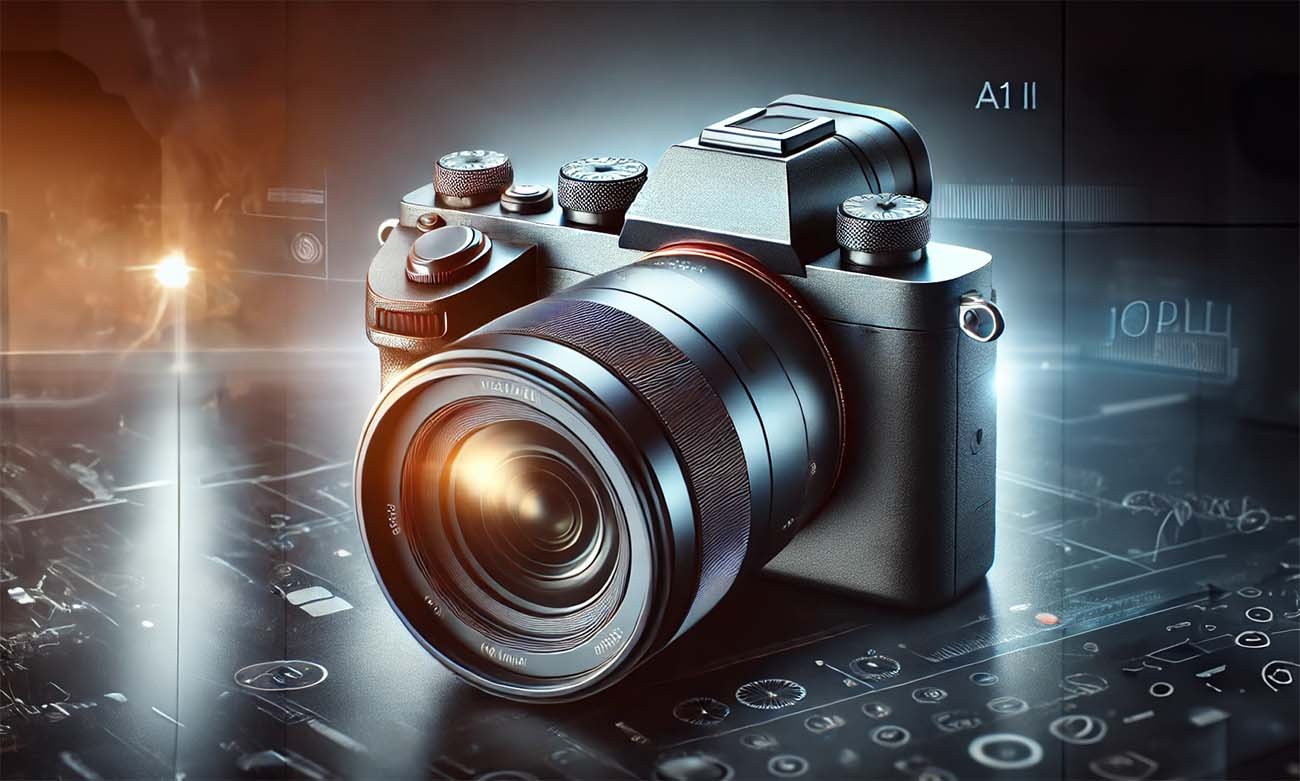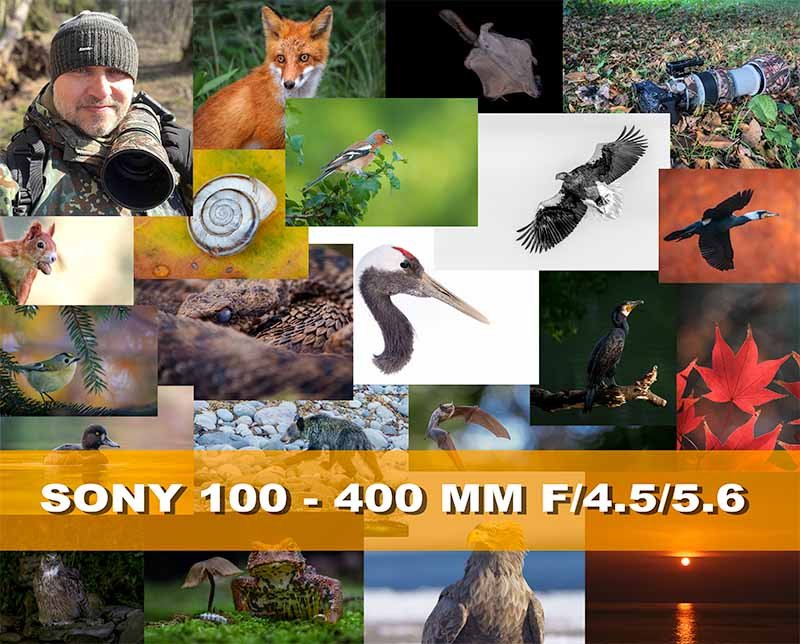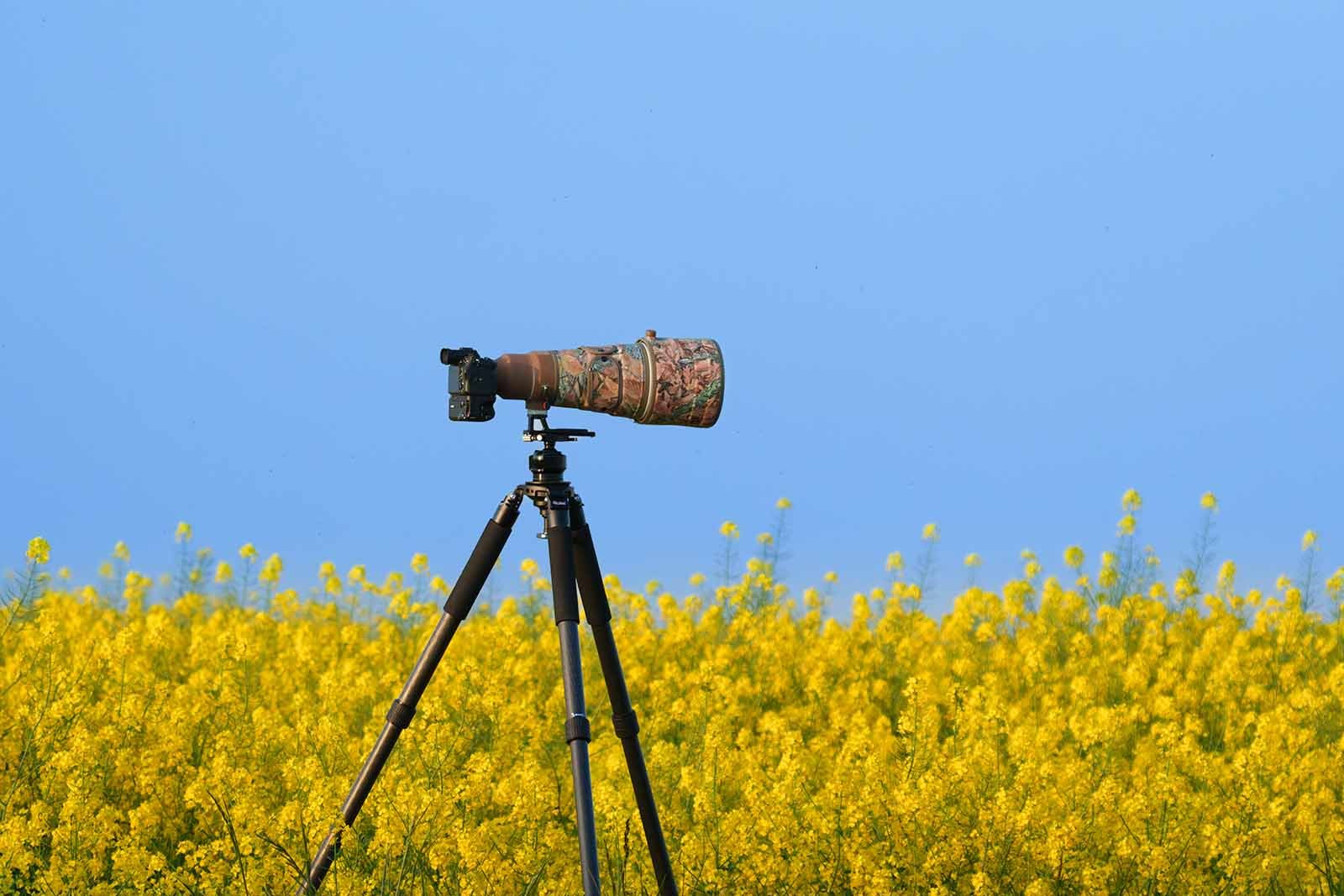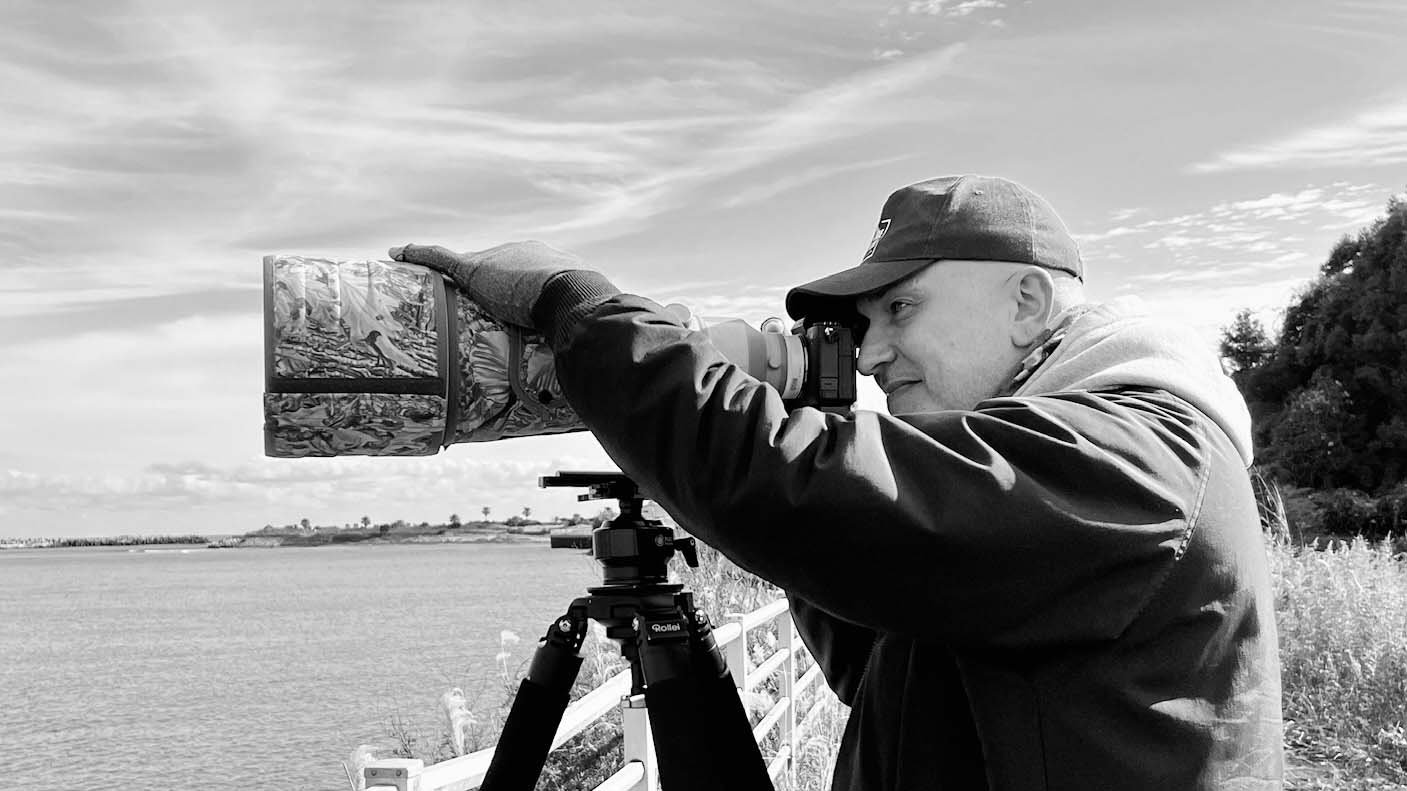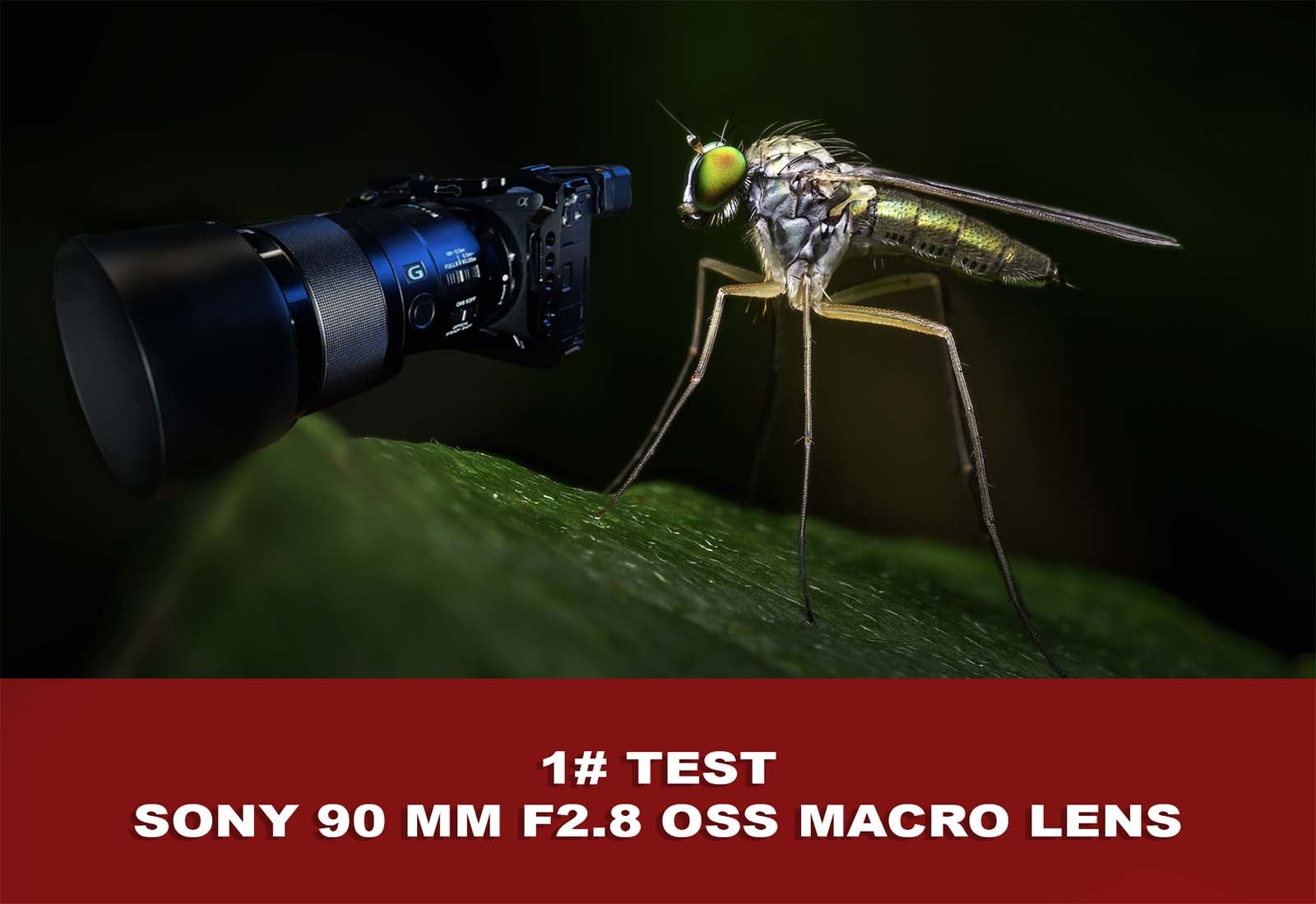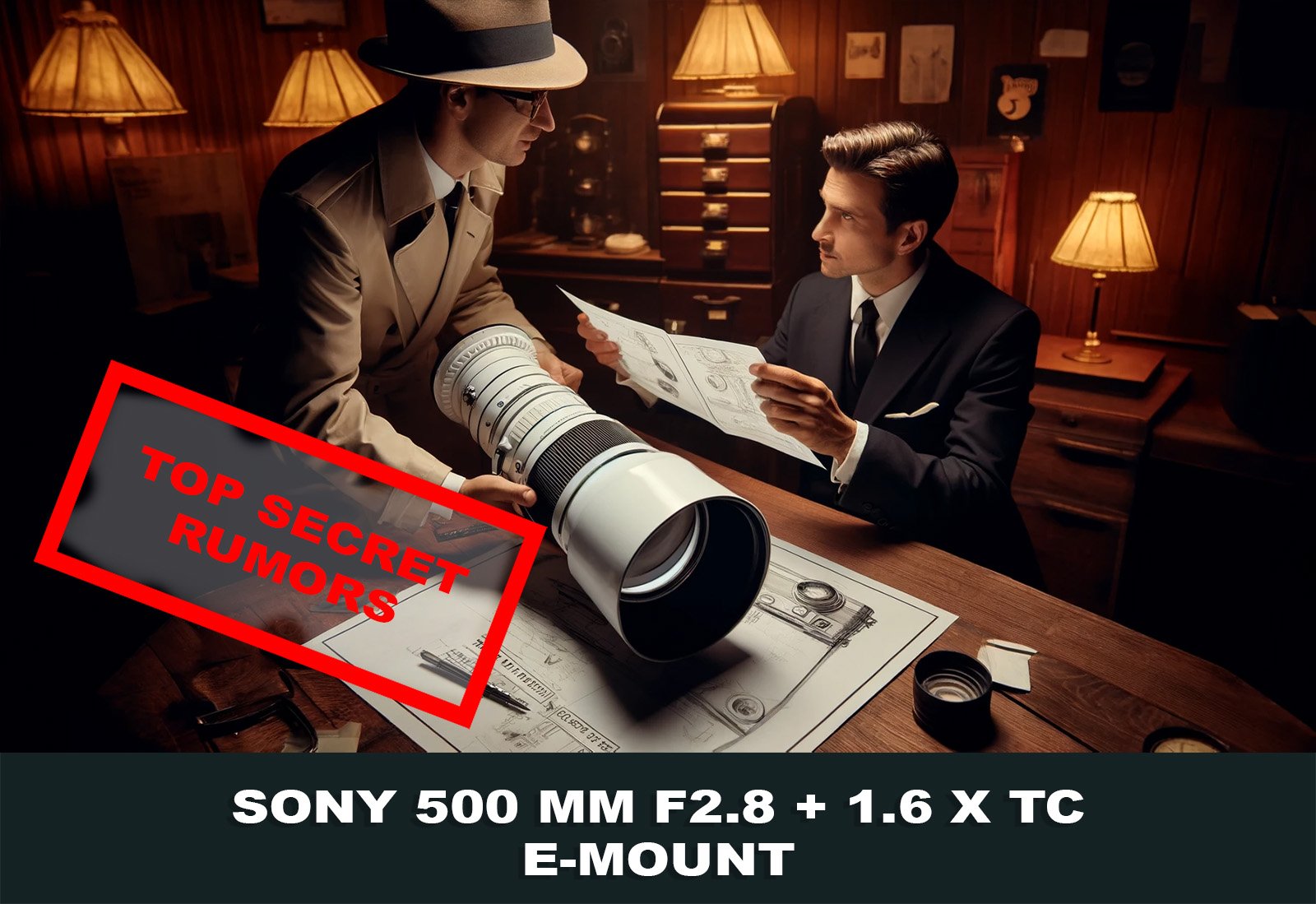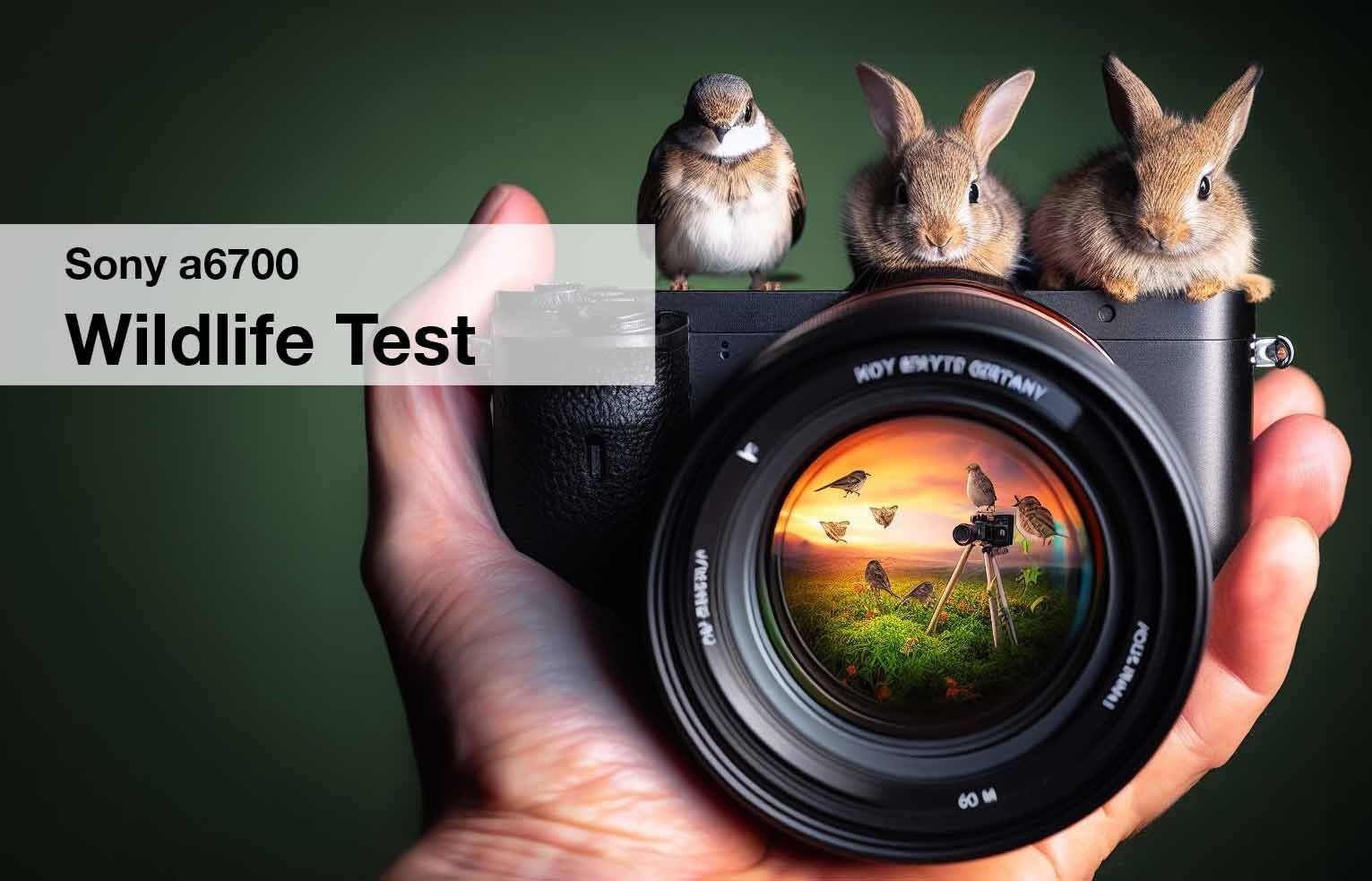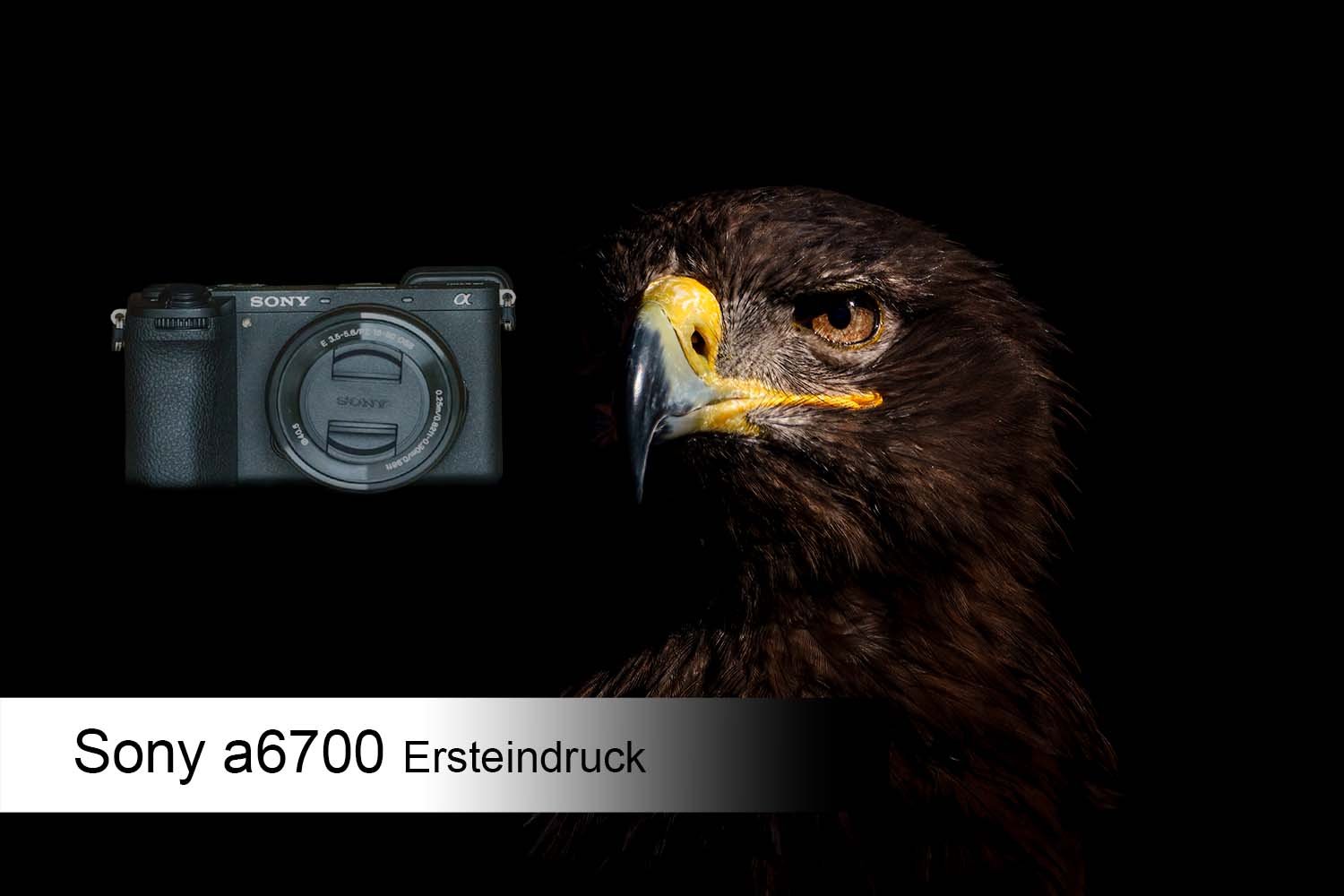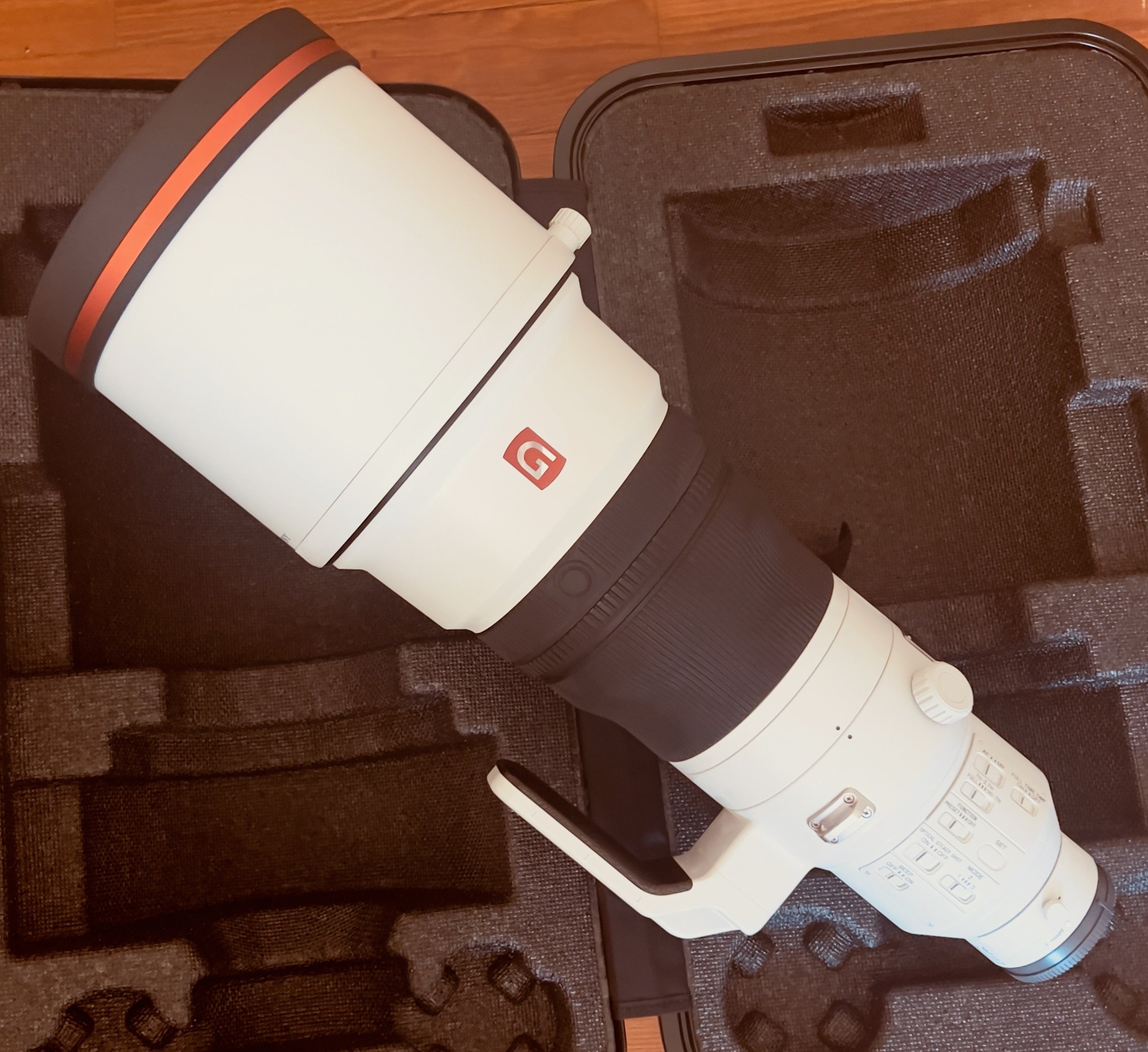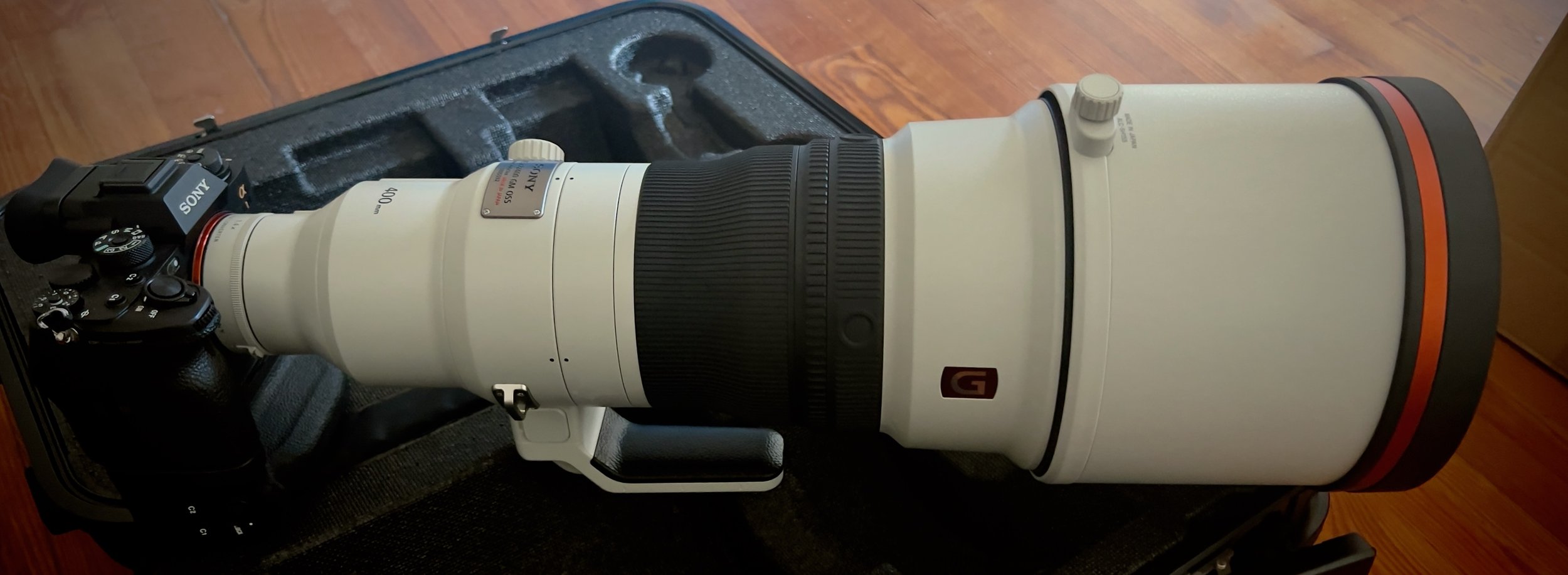Zoom Lenses – Versatility for Your Photography
a6700 from Sony with a Sony 100–400 mm f/4.5/5.6 telephoto zoom lens placed on the ground in a natural environment
Key Facts: What You Should Know About Zoom Lenses
- Definition: A lens with a variable focal length that allows you to adjust magnification without changing the lens.
- Focal Length Range: Typically listed as two numbers (e.g., 24-70mm or 200-600mm).
- Versatility: Suitable for various types of photography, from wide-angle to telephoto.
- Applications: Portraits, wildlife, sports, and travel photography.
- Technology: Advances have significantly improved the image quality of zoom lenses.
Table of Contents
- Introduction: Why Are Zoom Lenses So Popular?
- How Do Zoom Lenses Work?
- Advantages and Disadvantages of Zoom Lenses
- Tips: When Should You Use a Zoom Lens?
- FAQ: Frequently Asked Questions About Zoom Lenses
- Shortlist – Color Features:
Introduction: Why Are Zoom Lenses So Popular?
Zoom lenses are a favorite among photographers for good reason. Their biggest strength is their flexibility: you can cover different focal lengths with just one lens. Whether you’re taking group photos, landscapes, or capturing a distant animal, a zoom lens lets you quickly adjust the focal length without needing to move.
Zoom lenses are particularly useful when traveling or in situations where changing lenses isn’t practical. Thanks to modern technology, many zoom lenses now offer excellent image quality, often comparable to prime lenses.
How Do Zoom Lenses Work?
Zoom lenses have a variable focal length, adjusted by shifting the lens elements inside the lens barrel. The range of focal lengths, such as 70-200mm, determines how flexible the lens is for various shooting scenarios.
Key Features:
- Wide-Angle Zoom:
- Focal length range: e.g., 16-35mm.
- Perfect for landscapes, architecture, and large groups.
- Standard Zoom:
- Focal length range: e.g., 24-70mm.
- Versatile for portraits and everyday scenes.
- Telephoto Zoom:
- Focal length range: e.g., 100-400mm.
- Ideal for wildlife, sports, or action photography.
Advantages and Disadvantages of Zoom Lenses
Advantages:
- Versatility:
- Covers multiple focal lengths in one lens.
- Convenience:
- No need to change lenses frequently.
- Creative Flexibility:
- Switch easily between close-ups and wide-angle shots.
Disadvantages:
- Image Quality:
- Slightly lower than prime lenses in some cases.
- Light Sensitivity:
- Many zoom lenses have smaller maximum apertures (e.g., f/4 instead of f/1.8).
- Weight and Size:
- High-quality zoom lenses, especially telephoto zooms, can be heavy and bulky.
Tips: When Should You Use a Zoom Lens?
Zoom lenses are highly versatile but especially shine in the following scenarios:
1. Travel Photography
- A zoom lens saves space and weight by covering multiple focal lengths.
2. Wildlife Photography
- A telephoto zoom lets you photograph animals from a distance without disturbing them.
3. Sports Photography
- The flexibility allows quick transitions between wide-angle and telephoto shots.
4. Portrait Photography
- Standard zooms (e.g., 24-70mm) are ideal for portraits, offering room to experiment with different perspectives.
FAQ: Frequently Asked Questions About Zoom Lenses
1. What Is a Zoom Lens?
A zoom lens is a lens with a variable focal length that can be adjusted by rotating or sliding the lens barrel.
2. Are Zoom Lenses Less Sharp Than Prime Lenses?
This used to be true, but modern zoom lenses often deliver excellent image quality, rivaling prime lenses.
3. Which Focal Length Is Best for Beginners?
An all-around zoom, like an 18-55mm or 24-70mm, is perfect for beginners. For wildlife, a 150-600mm or 200-600mm lens is great.
4. Are Zoom Lenses Heavy?
High-quality zoom lenses, especially telephoto zooms, can be heavy, but standard zooms are often more compact.
5. Can I Use a Zoom Lens for Any Type of Photography?
Yes, zoom lenses are very versatile and can be used for various photography styles, from landscapes to portraits.
Shortlist – Color Features:
- Flexibility: Variable focal length for different shooting scenarios.
- Versatility: Suitable for all photography styles, from wide-angle to telephoto.
- Image Quality: Technological advancements ensure sharp results.
- Mobility: A zoom lens often replaces multiple prime lenses.
- Accessibility: Ideal for beginners and professionals who need quick adjustments.





